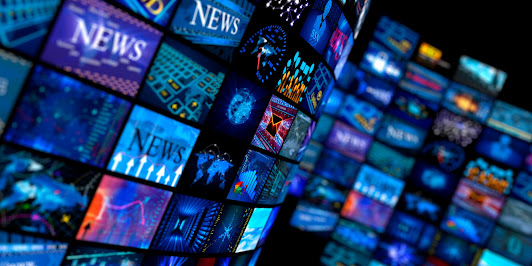I was so happy when I returned from summer camp as an eight-year-old to find a brand new MacBook Pro on my desk. Prior, I did not own any Apple product other than the iPod Nano so I was in disbelief with all the computer could do. From iChat with friends to messing around in iMovie, I was glued to my new computer and loved everything about it. Since I did not grow up with a computer, I understand what life was like without a computer. Now that I am focusing on a career that involves lots of time on the computer, I value the fact that I was not consumed with technology growing up and that I had an active childhood. Nowadays, I look around while eating at restaurants and see parents using iPads and iPhones like their pacifiers to keep their children busy, distracted, and content. But what are they doing on these iPads? I investigated two years back when on vacation with family friends that had a four-year-old daughter. The answer is that she was watching and playing nonsense. From watching random girls on YouTube opening up toy packages (unboxing videos, as they are called, are super popular amongst children for some strange reason) to playing mindless games, she was not learning anything or engaging with anyone else.
After having my first MacBook Pro for a few years, I began taking lessons in Adobe Photoshop. By then I had an iPhone and an iPad to go along with my computer but take pride in not being sucked in. I played hockey and played the drums all my life up until college as was always busy and active. In middle school, I slowly got into social media networks with the emergence of Instagram but I have always preferred Twitter above them all. To me, Twitter is the best way to get news and allows me to participate in a community of New York Islander fans, my favorite sports team. I am guilty of spending way too much time on Twitter, mindlessly scrolling for something that might be interesting or at least entertaining. When I am unable to watch an Islanders game, you can always find me refreshing Twitter looking for game updates for the beat reporters.
I would like to limit the amount of time I spend on my phone a day and have made a conscious effort in doing so. Although I haven't been able to pull myself away from Twitter, I no longer use Snapchat, use Instagram less, play zero games, and never fell into TikTok's addictive algorithm. However, I use technology a lot and that goes back to the Photoshop lessons I took. In high school, I decided to take Photoshop seriously and now, it basically consumes my life.
When I am not doing school work, I am photoshopping. Graphic design is a passion of mine and my goal is to either work for a professional sports team one day as the head creative or to start a design agency of my own. However, taking seriously for a few years now, I have learned that immersing yourself in technology and spending a lot of time looking at a computer screen requires sacrifices because there is only so much time in a day. When I am not doing school work, I am on Photoshop or another Adobe program since I have slowly been learning some of the other applications in the Adobe Creative Suite dating back to when Covid-19 ended my freshman year early.
At this point, and I guess the past decade or so has gotten us here, technology like the products pushed out by Apple are no longer gimmicks but essential pieces of equipment to navigate life. No longer can my grandparents say that an iPhone looks too complicated for them to use because everyone has one and Covid-19 has made FaceTime the only way we can communicate face-to-face. My grandparents tried to stay away from all these technological advancements but now, my grandmother talks to the Amazon Alexa like they're best friends. My father is an entrepreneur and technology allows him to start new ventures with ease. He used to have a truck that he drove around that rotated through different advertisements but now starting and promoting a new business is super easy with Facebook, Instagram, and the internet as a whole. My mother is a teacher and Covid-19 taught her how important technology is with distant learning through Zoom. What would have happened to our education system during Covid-19 without technology to keep us connected even when we are apart?
Overall, I do not think technology has taken over our lives but has rather enhanced them. Sure, there are people that spend way too much time with their heads down but for those who control technology instead of letting technology control them, the result is a quality lifestyle where technology is simply a tool to help you navigate and communicate.













